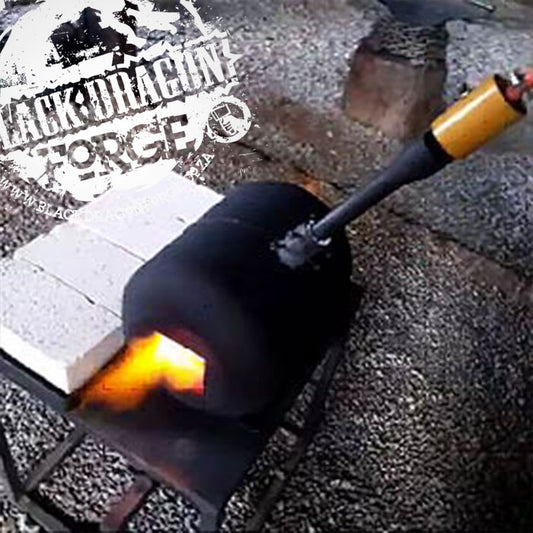
Designing Knives: What You Need to Know
Neels Van Den BergWhen designing a knife, several factors must be taken into account. The intended use of the knife is crucial, as it determines the blade shape, thickness, handle design, and overall size and weight. Blade shape influences the knife's performance in various tasks, while blade material affects durability, sharpness, and overall performance. Blade thickness determines durability and weight, and the edge grind impacts cutting ability. The handle design should prioritize comfort and grip, with durable materials. Size and weight affect maneuverability and power. Additionally, aesthetics should be considered to create a visually appealing knife that reflects the user's style. By considering all these factors, a functional and visually pleasing knife can be crafted.
Intended Use:
The intended use of the knife is the most important factor to consider when designing a knife. A knife designed for outdoor activities, such as camping or hunting, will have different design considerations than a knife designed for kitchen use. The intended use of the knife will determine the blade shape, blade thickness, handle design, and overall size and weight.
Blade Shape:
The shape of the blade is critical to the knife's function. The blade shape will affect how the knife performs various tasks, such as chopping, slicing, or piercing. Different blade shapes are better suited for different tasks, so it is important to consider the intended use of the knife when selecting the blade shape.
Blade Material:
The choice of blade material is also important to consider. The blade material will affect the durability, sharpness, and overall performance of the knife. Common blade materials include stainless steel, carbon steel, and Damascus steel, each with their own unique properties.
Blade Thickness:
The thickness of the blade is important to consider, as it will affect the knife's durability and weight. A thicker blade will be more durable, but also heavier, while a thinner blade will be lighter and more nimble.
Edge Grind:
The edge grind is the shape of the blade edge, and it is important to consider when designing a knife. The edge grind will affect how the knife cuts, and different edge grinds are better suited for different tasks. Common edge grinds include flat, convex, and hollow grinds.
Handle Design:
The handle is an important aspect of the knife, as it affects how comfortable the knife is to hold and how well it can be controlled. The handle should fit comfortably in the user's hand, with a shape and texture that provides a secure grip. The handle material should also be durable and resistant to moisture and other environmental factors.
Overall Size and Weight:
The overall size and weight of the knife should also be considered, as this will affect how easy the knife is to handle and how well it can be controlled. A larger, heavier knife will be more powerful, but also more difficult to control, while a smaller, lighter knife will be more nimble but less powerful.
Aesthetics:
While the functional aspects of the knife are the most important, the aesthetics of the knife should also be considered. The design of the knife should be visually appealing and reflect the style and preferences of the user.
By considering all of these factors when designing a knife, it is possible to create a functional and aesthetically pleasing piece of craftsmanship.








